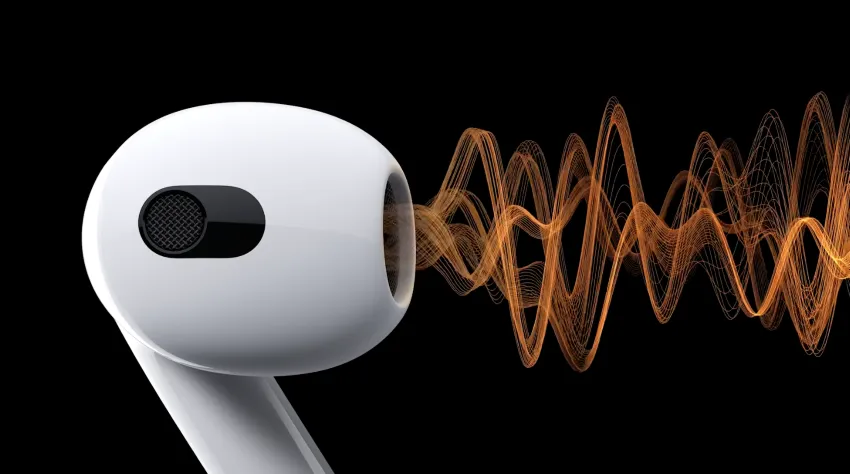The iPod Nano may be discontinued, but it still holds a special place in the hearts of tech enthusiasts and music lovers. As one of Apple’s most beloved portable devices, the iPod Nano 7th Generation marked the final evolution of this iconic product line. Its sleek design, intuitive interface, and solid features make it a nostalgic favorite for many—even in the age of streaming and smartphones.
In this article, we’ll revisit the legacy of the iPod Nano, take a closer look at the iPod Nano 7th Generation, and discuss why it remains relevant to collectors and retro tech fans.

A Brief History of the iPod Nano
Apple introduced the iPod Nano in 2005 as a replacement for the iPod Mini. Over the years, it went through seven generations, with each version reflecting the evolution of portable music and Apple’s design philosophy.
The iPod Nano stood out for being compact, colorful, and user-friendly. With each generation, Apple added features like video playback, FM radio, Bluetooth connectivity, and touchscreen interfaces—eventually turning it into a near-smartwatch-like device without the calls or texts.
The final model, the iPod Nano 7th Generation, was released in 2012 and quietly discontinued in 2017.

iPod Nano 7th Generation: The Final Chapter
Design and Display
The iPod Nano 7th Generation brought a significant design shift compared to its predecessor. Apple gave it a 2.5-inch multi-touch display, similar in style to the iPod Touch but smaller. It featured a home button—a first for the Nano series—and was available in several vibrant colors like pink, blue, green, silver, and slate.
At just 5.4 mm thick and weighing only 31 grams, it was one of the thinnest Apple devices ever created. Its aluminum body made it durable, portable, and stylish.
Music and Media
The primary function of the iPod Nano 7th Generation remained music playback. It supported a wide variety of audio formats including AAC, MP3, Apple Lossless, and WAV. The user-friendly Music app, paired with iTunes syncing, allowed users to create playlists, podcasts, and enjoy album art on the vibrant screen.
Additionally, it supported video playback, which was a bonus for users who wanted quick access to short clips or music videos.
Extra Features
Beyond music and videos, the iPod Nano 7th Generation included a built-in FM radio tuner, Bluetooth 4.0, a Nike+ fitness app, and a pedometer—making it useful for casual fitness tracking long before smartwatches became mainstream.
The Bluetooth feature allowed users to pair it with wireless headphones or car audio systems, a notable upgrade from previous versions that required a headphone jack.

Why the iPod Nano Still Matters in 2025
While the iPod Nano is no longer sold by Apple, it has become a collector’s item and is still used by niche communities. Here’s why the iPod Nano 7th Generation continues to be appreciated today:
1. Simplicity and Focus
Unlike smartphones that are loaded with notifications, apps, and distractions, the iPod Nano is purely about music. This single-purpose design appeals to users looking for a minimalist listening experience—ideal for workouts, commuting, or focused work sessions.
2. Durability
The iPod Nano 7th Generation is known for its solid construction. Even after a decade, many of these devices are still functioning well. Its physical buttons and metal body make it more robust than modern touchscreen-only devices.
3. No Internet Required
In an age of constant connectivity, some users appreciate a device that doesn’t rely on Wi-Fi or data plans. The iPod Nano lets you take your music offline, which is especially useful during travel or in remote areas.
4. Great for Young Users
Parents often look for music devices for kids without the risks of internet access or app stores. The iPod Nano remains a safe, easy-to-use option for introducing children to digital music.
iPod Nano for Sale: Where to Buy in 2025
Since Apple discontinued the iPod Nano, your best bet for buying one is through:
-
eBay
-
Amazon (used/refurbished)
-
Facebook Marketplace
-
Specialty retro tech stores
Prices vary depending on condition, color, and storage (16GB was the most common for the 7th generation). A well-maintained iPod Nano 7th Generation can sell for anywhere between $80 to $200, depending on demand and rarity.
iPod Nano Alternatives
If you're looking for a modern alternative to the iPod Nano, consider:
-
iPod Touch (used) – more like an iPhone without cellular
-
SanDisk Clip Sport – popular among runners
-
Mighty Vibe – syncs with Spotify for offline listening
However, none of these alternatives quite capture the nostalgic appeal and clean design of the iPod Nano 7th Generation.
The Legacy Lives On
The iPod Nano, especially the 7th generation, marked the end of an era in personal music players. It was the perfect blend of form and function—simple, sleek, and effective. Though Apple has moved on to AirPods and Apple Music, the Nano’s impact is still felt today.
Whether you’re a retro tech collector, a music lover, or someone who values distraction-free listening, the iPod Nano deserves a spot in your collection. As the digital world keeps evolving, this tiny device remains a symbol of a simpler time in tech history.



-1748427140-q80.webp)
